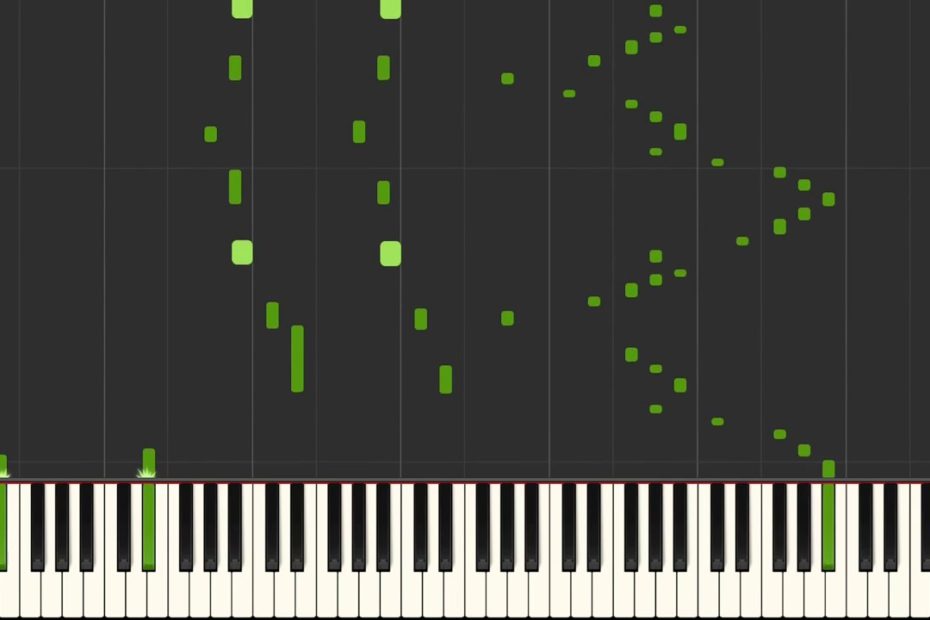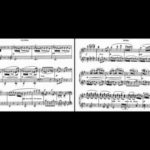Estampes (“Prints”), L.100, is a composition for solo piano by Claude Debussy. It was finished in 1903.
“Pagodes” evokes images of East Asia, which Debussy first heard in the Paris World Conference Exhibition of 1889, and later again in 1900. It makes extensive use of pentatonic scales and mimics Indonesian traditional melodies by incorporating hints of Javanese gamelan percussion.
As this is an Impressionistic work, the goal is not overt expressiveness but instead an emphasis on the wash of color presented by the texture of the work. Debussy marks in the text that “Pagodes” should be played “presque sans nuance”, or “almost without nuance”. This rigidity of rhythm helps to reduce the natural inclination of pianists to add rubato and excessive expression. Note that rigidity of rhythm within measures does not mean rigidity of tempo in the work; the tempo gradually fluxes quicker and slower throughout the piece, which is also common in gamelan compositions.
(Source: Wikipedia)
► Subscribe to our YouTube Channel: https://youtube.com/PianoAdventure?sub_confirmation=1
► Follow us on Twitter: https://twitter.com/PianoAdventureX
► Like our Facebook Page: https://fb.me/PianoAdventureX
► Support us on Patreon: https://patreon.com/PianoAdventure
Piece: Pagodes (L.100/1)
Work Title: Estampes
Composer: Claude Debussy
Year of Composition: 1903
First Publication: 1904 in Paris, Salle Érard
Piece Style: Romantic
Artwork: © PianoAdventure
Visualization: Synthesia




